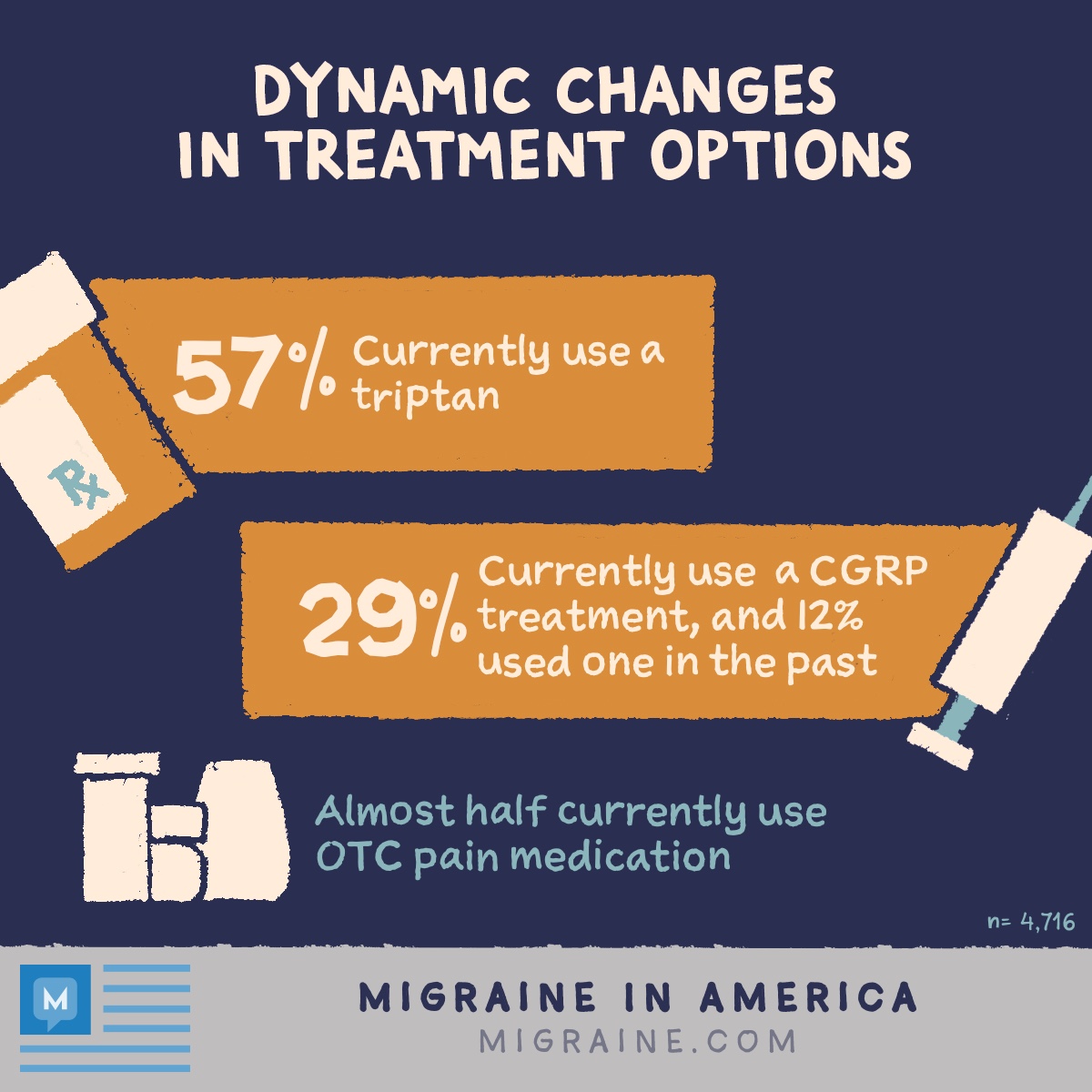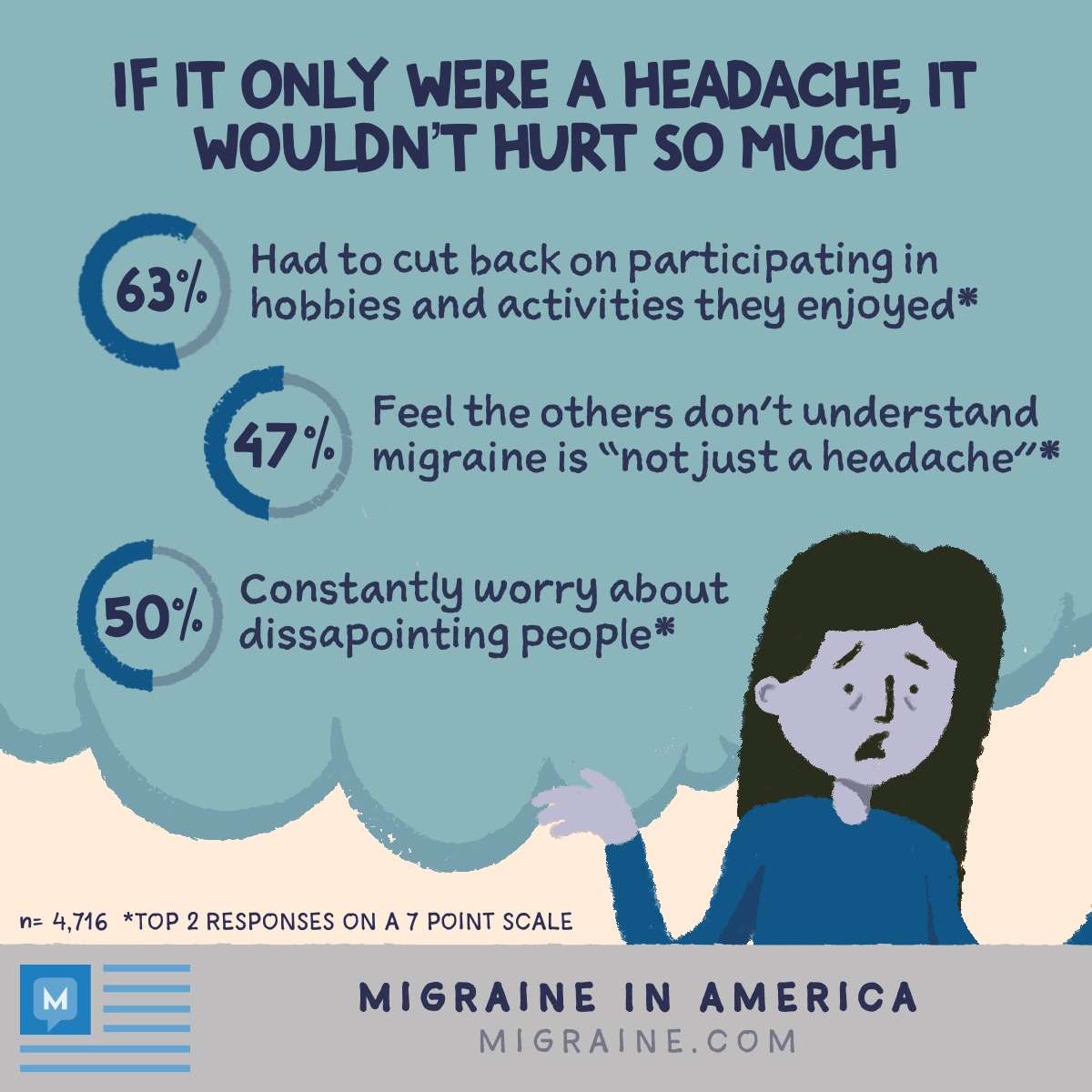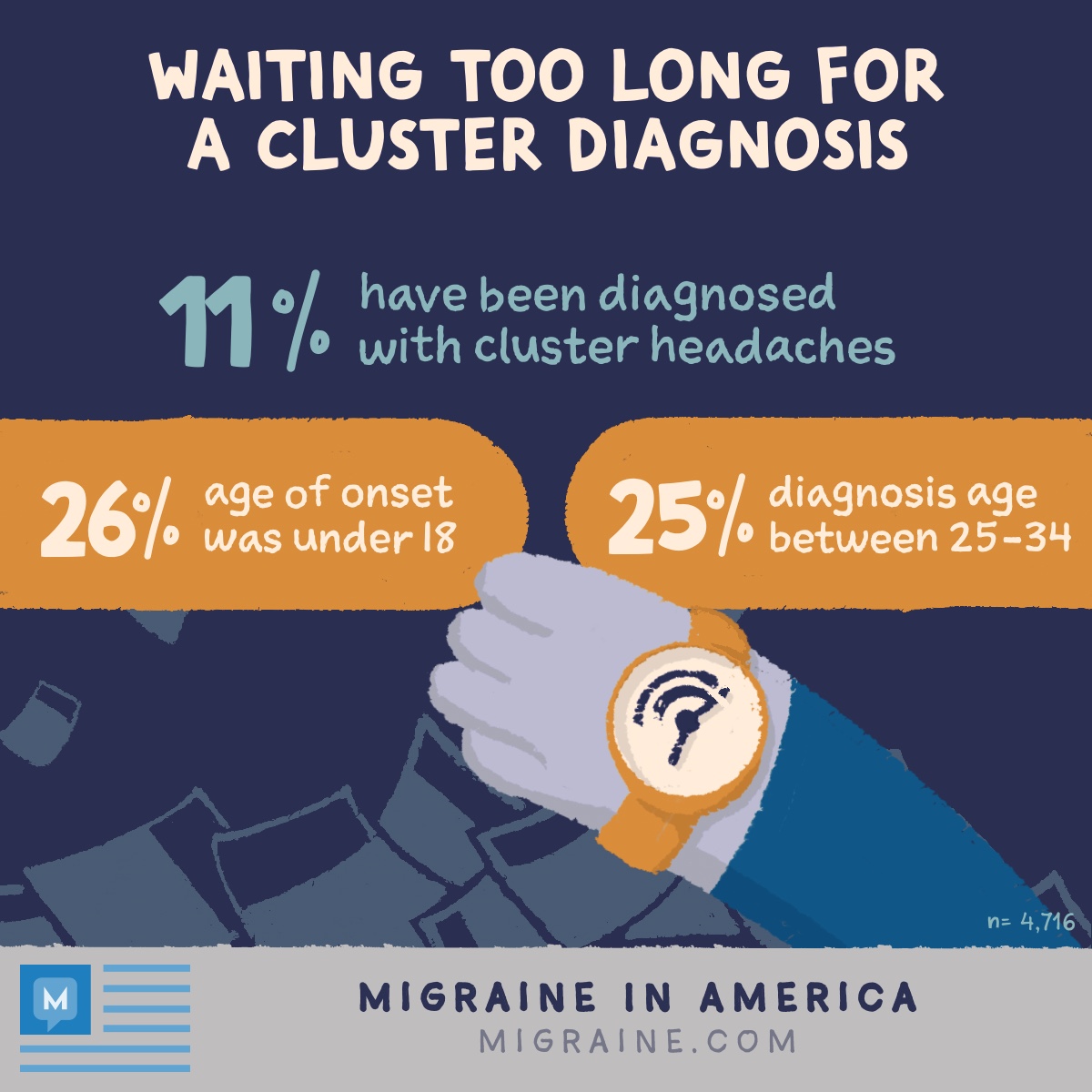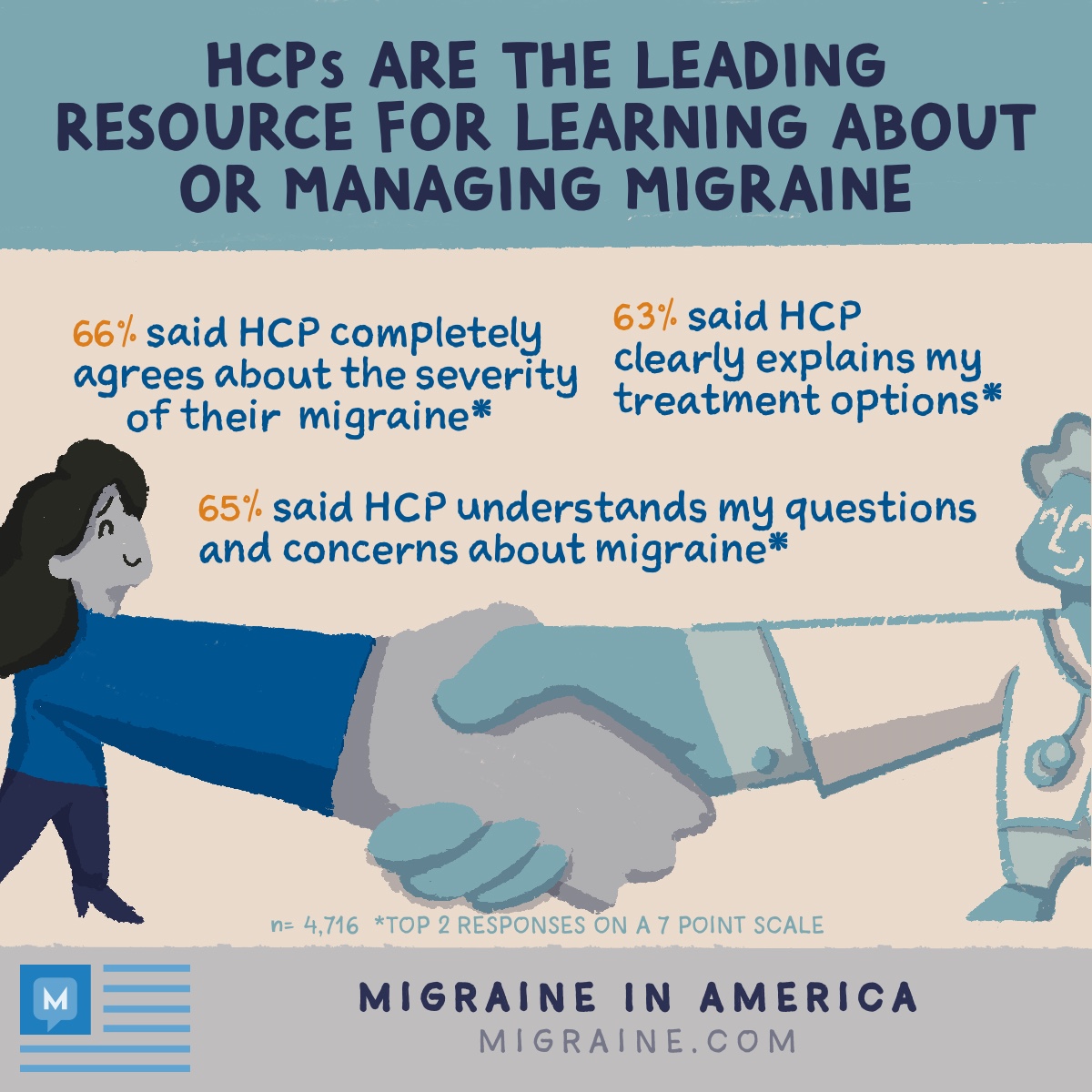The Evolution of Migraine: Exploring Diagnosis, Treatment Options, and the True Impact
Many people living with migraine are well aware it's not just a headache. From early onset during childhood to it taking sometimes years to receive an accurate diagnosis, migraine can have a serious impact on people’s quality of life. Migraine can often be misunderstood by loved ones, friends, and even doctors. Thanks to nearly 5,000 of you, we are able to share what life with migraine can really be like, from start to the present. And speaking of the present, while way overdue, people living with migraine finally have new treatment options for the first time in decades.
Dynamic changes in treatment options
People living with migraine finally have multiple treatment options. For the first time in history, a treatment was specifically designed for migraine. Three CGRP treatments are available as prevention for migraine attacks. Then, for the first time in 20 years, a new acute migraine treatment, Reyvow, was approved. Our survey respondents show while over half are currently using a triptan, almost 30% are currently using one of the new CGRP treatments. More than half are actively seeking out information about the latest treatments that become available for people with migraine. Alternative therapies were also polpular including oils and supplements.
If it only were a headache, it wouldn’t hurt so much
Those with migraine totally get that it’s “not just a headache,” but 47%* shared that they feel others don’t understand this reality. From having to miss out on hobbies and many of life’s important events to constantly worrying about disappointing people, migraine can negatively impact people’s quality of life. In fact, 48%* felt that migraine controls their lives.
*Top 2 responses on a 7 point scale
Waiting too long for the right diagnosis
This year we specifically asked if people were diagnosed with cluster headache in addition to migraine. Out of our respondents, 99% were diagnosed with migraine and 11% diagnosed with cluster. 26% reported the age of onset of cluster happening before they turned 18 but 25% didn’t receive a diagnosis until their mid-20s to mid-30s.
Why does it take so long to get diagnosed? 75% with migraine and 83% with cluster headache had to see more than one doctor before getting diagnosed.
Partnering with healthcare professionals to manage migraine
When we asked which resources are used to learn about or manage migraine, healthcare professionals were listed as the top resource at 69%. Most respondents reported feeling comfortable talking about all aspects of migraine with their HCP. 66%* said they and their HCP completely agree about the severity of their migraine and 63%* felt their HCP clearly explains their treatment options. This is all great news as strong patient-doctor relationships can be key in knowing about new treatment options that can hopefully bring much-needed relief.
*Top 2 responses on a 7 point scale






Join the conversation